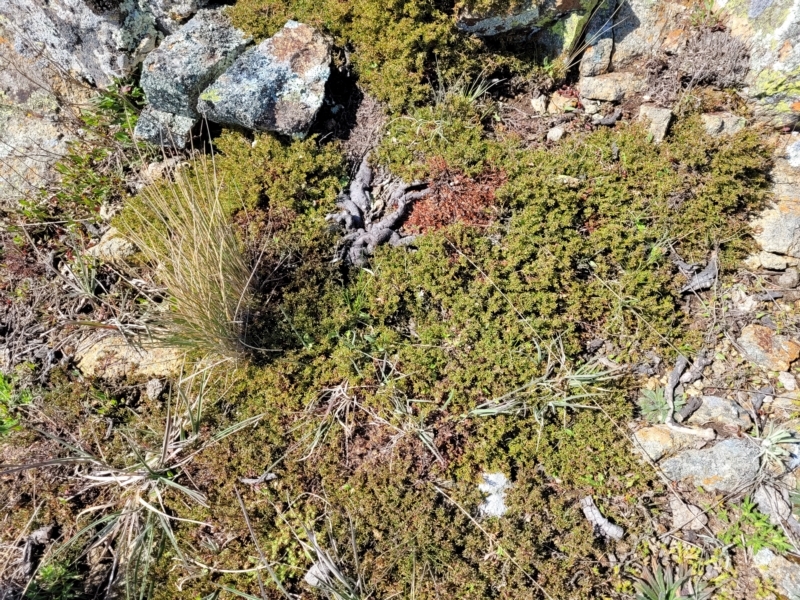Leucopogon Fraseri on:
[Wikipedia]
[Google]
[Amazon]
 ''Leucopogon fraseri'' is a species of flowering plant in the heath family Ericaceae and is native to south-eastern continental Australia and New Zealand, where it is known as ''Styphelia nesophila'', pātōtara, or dwarf mingimingi. It is a prickly, prostrate to trailing or low-growing shrub with egg-shaped leaves, and erect, tube-shaped white flowers usually arranged singly in leaf axils.
''Leucopogon fraseri'' is a species of flowering plant in the heath family Ericaceae and is native to south-eastern continental Australia and New Zealand, where it is known as ''Styphelia nesophila'', pātōtara, or dwarf mingimingi. It is a prickly, prostrate to trailing or low-growing shrub with egg-shaped leaves, and erect, tube-shaped white flowers usually arranged singly in leaf axils.
 ''Leucopogon fraseri'' is a species of flowering plant in the heath family Ericaceae and is native to south-eastern continental Australia and New Zealand, where it is known as ''Styphelia nesophila'', pātōtara, or dwarf mingimingi. It is a prickly, prostrate to trailing or low-growing shrub with egg-shaped leaves, and erect, tube-shaped white flowers usually arranged singly in leaf axils.
''Leucopogon fraseri'' is a species of flowering plant in the heath family Ericaceae and is native to south-eastern continental Australia and New Zealand, where it is known as ''Styphelia nesophila'', pātōtara, or dwarf mingimingi. It is a prickly, prostrate to trailing or low-growing shrub with egg-shaped leaves, and erect, tube-shaped white flowers usually arranged singly in leaf axils.
Description
''Leucopogon fraseri'' is a prickly, prostrate to trailing, low-growing shrub that typically grows to a height of up to and has bristly branchlets. Its leaves are egg-shaped to lance-shaped with the narrower end towards the base, long and wide. The leaves are glabrous, pale-edged, and have a thin, sharp point up to long on the tip. The flowers are usually arranged singly in leaf axils on apeduncle Peduncle may refer to:
*Peduncle (botany), a stalk supporting an inflorescence, which is the part of the shoot of seed plants where flowers are formed
*Peduncle (anatomy), a stem, through which a mass of tissue is attached to a body
**Peduncle (art ...
about long, with bracteoles long at the base. The sepal
A sepal () is a part of the flower of angiosperms (flowering plants). Usually green, sepals typically function as protection for the flower in bud, and often as support for the petals when in bloom., p. 106 The term ''sepalum'' was coined b ...
s are long, the petals forming a tube long and hairy inside, the petal lobes long. Flowering occurs from August to October and the fruit is a glabrous, yellow, egg-shaped to elliptic drupe
In botany, a drupe (or stone fruit) is an indehiscent fruit in which an outer fleshy part (exocarp, or skin, and mesocarp, or flesh) surrounds a single shell (the ''pit'', ''stone'', or '' pyrena'') of hardened endocarp with a seed (''kernel'') ...
long.
Taxonomy
''Leucopogon fraseri'' was first formally described in 1838 by Allan Cunningham in the journal, ''Annals of Natural History
The ''Journal of Natural History'' is a scientific journal published by Taylor & Francis focusing on entomology and zoology. The journal was established in 1841 under the name ''Annals and Magazine of Natural History'' (''Ann. Mag. Nat. Hist.'') an ...
'' from a specimen found in 1820, "among ferns on the hills near the Bay of Islands" by Charles Fraser.
Distribution and habitat
This leucopogon grows in forest, shrubland and heath, often in poorly-drained or sandy soils or among rocks, and usually occurs at an altitude of above about . It is found on the tablelands of northern and southern New South Wales, in eastern Victoria, on the Central Plateau of Tasmania, and in New Zealand.Conservation status
''Leucopogon fraseri'' is listed as "not threatened" in New Zealand.Ecology
The fleshy fruits are dispersed byfrugivory
A frugivore is an animal that thrives mostly on raw fruits or succulent fruit-like produce of plants such as roots, shoots, nuts and seeds. Approximately 20% of mammalian herbivores eat fruit. Frugivores are highly dependent on the abundance an ...
.
References
{{Taxonbar, from=Q17242160 fraseri Plants described in 1838 Taxa named by Allan Cunningham (botanist) Flora of New Zealand Flora of New South Wales Flora of the Australian Capital Territory Flora of Victoria (Australia) Flora of Tasmania